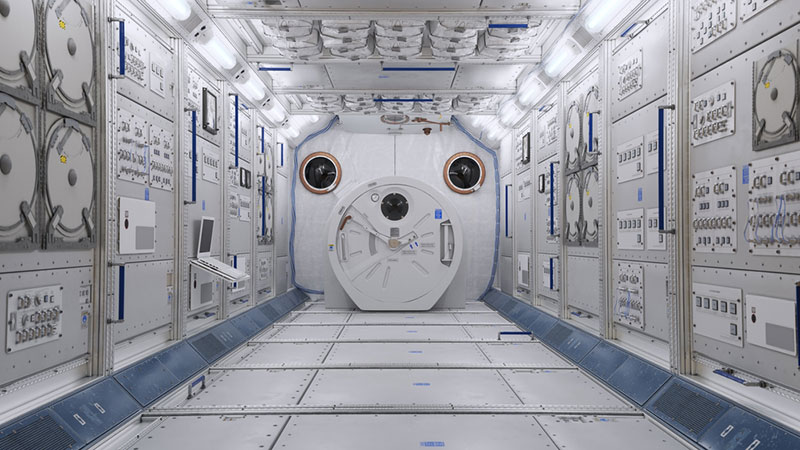What seals should I use in Space?
What seals should I use in Space?
What seals should I use in Space?
16 Jun 2023

So, if you were building a spacecraft, what type of seals would you use?
Well, space is a cold place and temperatures can reach anything from -270°C. Combined with that, spacecraft and the speed they travel at means they are very, very hot. There’s often exposure to aggressive chemicals like liquid oxygen and liquid hydrogen. There are immense pressures too – in outer space, the pressure is 1.322 x 10-11 Pa.
According to an article form Advanced EMC Technologies, the preferred materials to use would be ‘PTFE, Torlon and more. Polymer spring energized seals are commonly used in a variety of space applications because of their durability and ability to withstand extreme temperatures’.
Seal used on the SpaceX Dragon module
Nasa also have an interesting article, about the narrow rubber seals used on the SpaceX Crew Dragon module that docked with the International Space Station. NASA’s Glenn Research Center in Cleveland, was tasked with developing a new, robust seal for the Commercial Crew Program (CCP) and other future spacecraft.
These seals prevent breathable air from escaping through the connection between the visiting spacecraft and the station.
The seal developed was a little over four feet in diameter, large enough to allow the crew and some cargo to transfer from the visiting spacecraft to the station. The seal had two redundant sealing surfaces or interfaces and had to be narrow enough to fit in the limited space available on the docking interface. It also had to be strong and resilient to withstand the extreme environment of space. Through development testing on the ground, they were able to prove that the chosen design leaked less air per day than what would fill a standard pop can (about 12 oz or 330 ml). That is a really low leak rate for a seal of that size that also has to survive the challenging environment of space.
“We chose to make the seal out of silicone, a rubber-like material that can withstand the extreme temperatures experienced in space. It also had to survive exposure to damaging ultraviolet rays that are more severe on orbit than on the ground, without the leak rate increasing significantly. The seal material also couldn’t be overly sticky so it wouldn’t adhere to the metal sealing surface on the station side of the connection”.
Read more: https://www.nasa.gov/feature/glenn/2020/sealed-with-care-a-qa
-
Post tags
